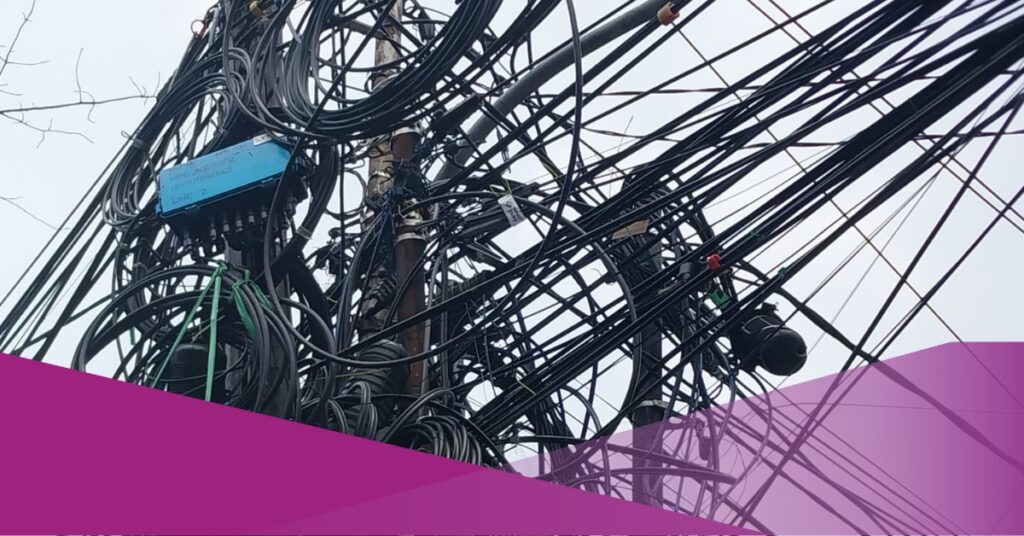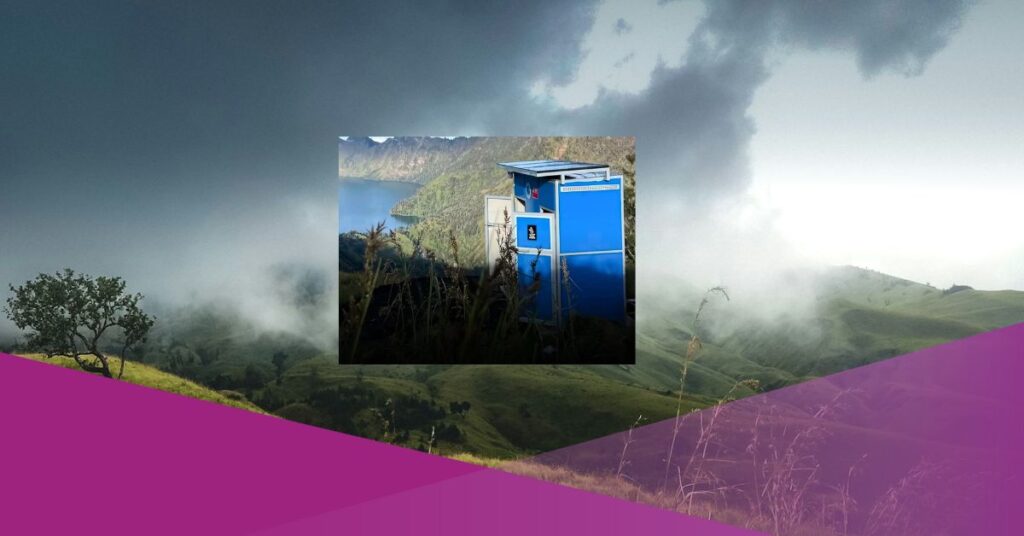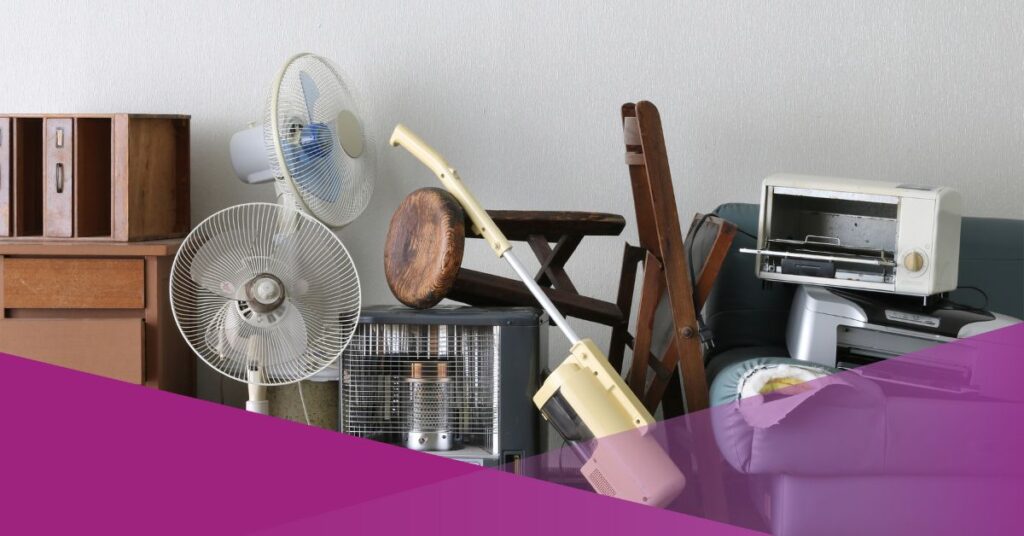The Denpasar government is set to implement a new policy in 2024 aimed at organizing the city’s cables by burying them underground. This decision comes in response to the disorderly appearance caused by cables cluttering the streets of Denpasar. The initiative will begin as a pilot project in Denpasar before expanding across Bali.
The initial phase of the underground cables project will commence in the zero-kilometre point area of Denpasar. Currently, the government is in the process of mapping out the subsequent areas to be addressed. According to the latest updates, the project is scheduled to kick off in October 2024.
The Denpasar government has enlisted the support of the engineering faculty at Udayana University, Bali, to aid in the research and implementation of the underground cables project. According to I Nyoman Putrawan, Director of the Denpasar Regional Public Company, the initial plan was to cover a length of 40 kilometres in the first stage, but this has been scaled back to 20 kilometres due to the significant investment required.
The feasibility study for the underground cables project is expected to be completed by March 2024. The Denpasar government is working in collaboration with all service providers to transition their cable systems underground. Additionally, regional regulations will be established to govern this initiative.
Currently, only two cities in Indonesia have successfully implemented underground cable systems, leveraging their favourable natural conditions. Batam in the Riau Islands and Kuala Kencana in Papua boast orderly city structures and underground electricity networks.
Implementing an underground cable system offers various advantages beyond aesthetic enhancement. These include enhanced resilience against adverse weather conditions like storms and lightning, reduced magnetic radiation, lower maintenance costs, and no need for land acquisition. However, there are also drawbacks, such as higher installation costs and increased expenses for repairs in case of damage. Additionally, underground cables may be vulnerable to flooding and unstable soil during earthquakes.






































